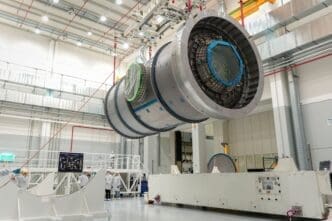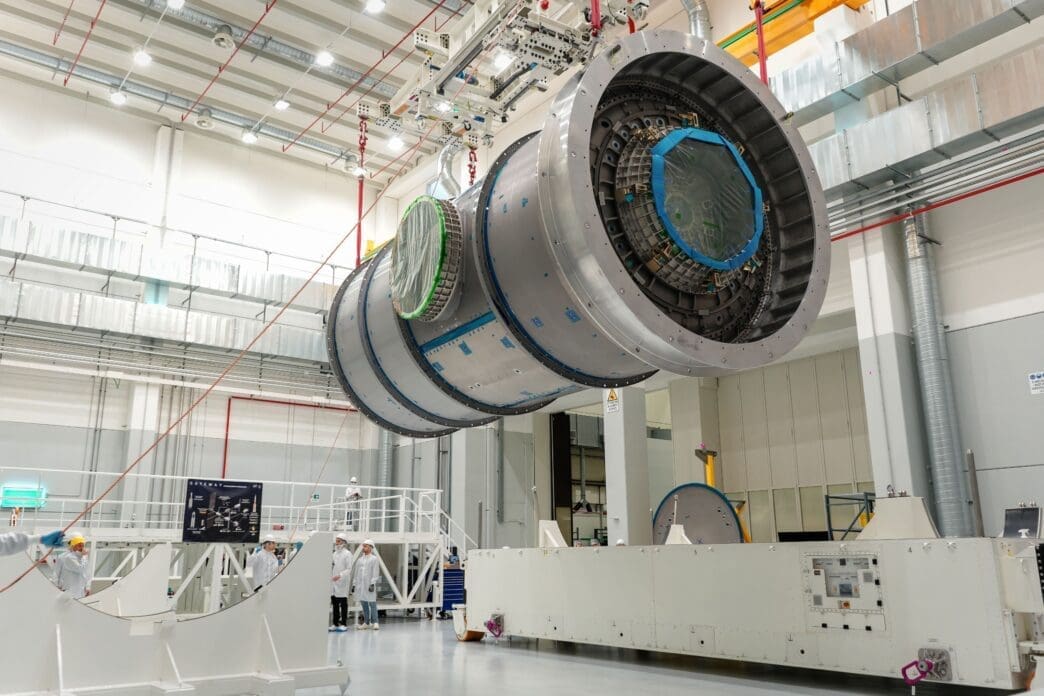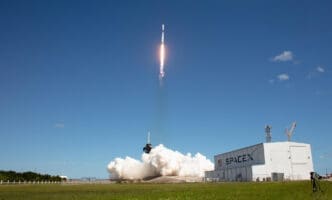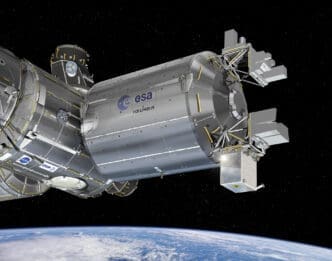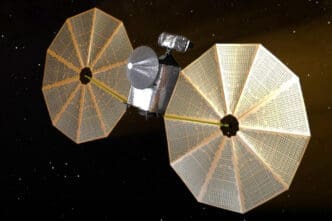NASA, along with its global partners, is making significant strides in developing Gateway, a lunar space station poised to orbit the Moon. This project marks a monumental step in NASA’s ambitious Moon to Mars plan. Gateway’s construction involves international collaboration, promising to expand our reach and understanding of space.
At the core of this project is the Gateway’s HALO module, currently under construction in Turin, Italy. Once completed, it will undergo final tests and be transferred to the U.S. for integration. With these developments, NASA aims to enhance space exploration and scientific discovery, setting the stage for groundbreaking missions.
International Collaboration Powers Gateway
The Gateway project exemplifies an unprecedented level of international cooperation in space exploration. Currently, engineers and scientists from NASA, ESA, CSA, and other leading agencies are actively involved. These partnerships are crucial for the Gateway’s success, ensuring that the space station will function effectively in the harsh environment of lunar orbit. Such collaboration highlights the shared vision of expanding human presence beyond Earth.
During a recent visit to the Thales Alenia Space facility, leaders assessed the progress on the HALO module. This module represents a key part of Gateway’s infrastructure. Its construction is a peak of engineering, showcasing the combined efforts of several countries in pursuit of a common goal.
The HALO Module: A Cornerstone of Gateway
The HALO (Habitation and Logistics Outpost) module is being fabricated with precision. Once transported to Arizona, it will undergo outfitting before integration with the Power and Propulsion Element in Florida. This signifies a major milestone in the Gateway project.
HALO is designed to address the challenges of deep space exploration by providing essential logistics and living space for astronauts. Its development has involved rigorous testing to withstand space’s demands, ensuring safety and functionality when operational.
Gateway’s Power and Propulsion System
Construction on the Power and Propulsion Element continues to make headway. It is poised to be the most powerful solar electric propulsion spacecraft ever launched.
The completion of its fuel tanks and solar arrays marks significant progress. These components are vital for Gateway to achieve its objectives. Assembling the propulsion system illustrates the technical expertise and innovation required for this mission.
Once operational, this system will provide the energy needed to sustain the Gateway’s operations. It will also pave the way for future missions beyond the Moon, potentially leading to manned Mars missions.
Technological Innovations in Communication and Robotics
Gateway’s role extends beyond serving as a base for lunar missions. It incorporates cutting-edge communication technologies that will enable seamless data relay between Earth and the Moon.
Canadian and Japanese space agencies contribute significantly to this field. Canada’s Canadarm3 and Japan’s life support systems ensure that Gateway supports human life and exploration effectively.
Additionally, ESA’s Lunar Link communication system will enhance high-speed communications. These advancements highlight Gateway’s role as a technological testbed for future explorations.
The Artemis Missions and Gateway’s Future
Artemis missions aim to land humans on the Moon and establish a sustainable presence. Gateway serves as a pivotal station for these missions, aiding in scientific investigations and technology testing. Through partnerships with commercial entities like SpaceX and Blue Origin, NASA is opening new pathways for exploration.
Astronauts will rely on Gateway for habitation as they prepare for lunar excursions. The capabilities of Gateway will be critical in ensuring mission success and expanding lunar exploration.
Expanding Human Presence: Mars and Beyond
Gateway is not just about lunar exploration but serves as a stepping stone for Mars. Through continuous data collection and experiments, Gateway helps understand space’s impact on human health and equipment.
Investigations conducted on Gateway will influence future missions. This research is essential as humanity prepares for interplanetary travel, offering valuable insights into the long-term stay of humans in space.
By serving as a model for future deep space habitats, Gateway plays a crucial role in humanity’s quest to explore the solar system.
Challenges and Progress in Engineering
A remarkable feat of engineering, Gateway’s development has faced numerous challenges, yet progress continues efficiently. The construction requires precision and innovation to address the complexities of space.
As engineers work on the HALO and propulsion systems, they strive to resolve potential hurdles. The international team’s persistence ensures that the Gateway project advances steadily towards its objectives.
The coordination between different space agencies is key to overcoming technical challenges. This cooperation underscores the shared commitment to expanding our understanding and capability in space exploration.
Gateway: A Platform for Scientific Discovery
As a scientific hub, Gateway will host experiments that advance understanding of space weather and cosmic phenomena. Its strategic location offers unique opportunities for research.
These studies will be paramount in enhancing our knowledge of the Moon and developing technologies for future space explorations. Gateway represents not just a logistical base but a scientific frontier.
Gateway signifies a monumental achievement in space collaboration. It sets the stage for future deep space exploration. As a pivotal component of NASA’s Moon to Mars strategy, it promises groundbreaking advancements and discoveries.
Through Gateway, humanity is taking bold steps toward a sustainable presence in space. This endeavor is not just about reaching new frontiers but reshaping our understanding and capabilities in the cosmos.

